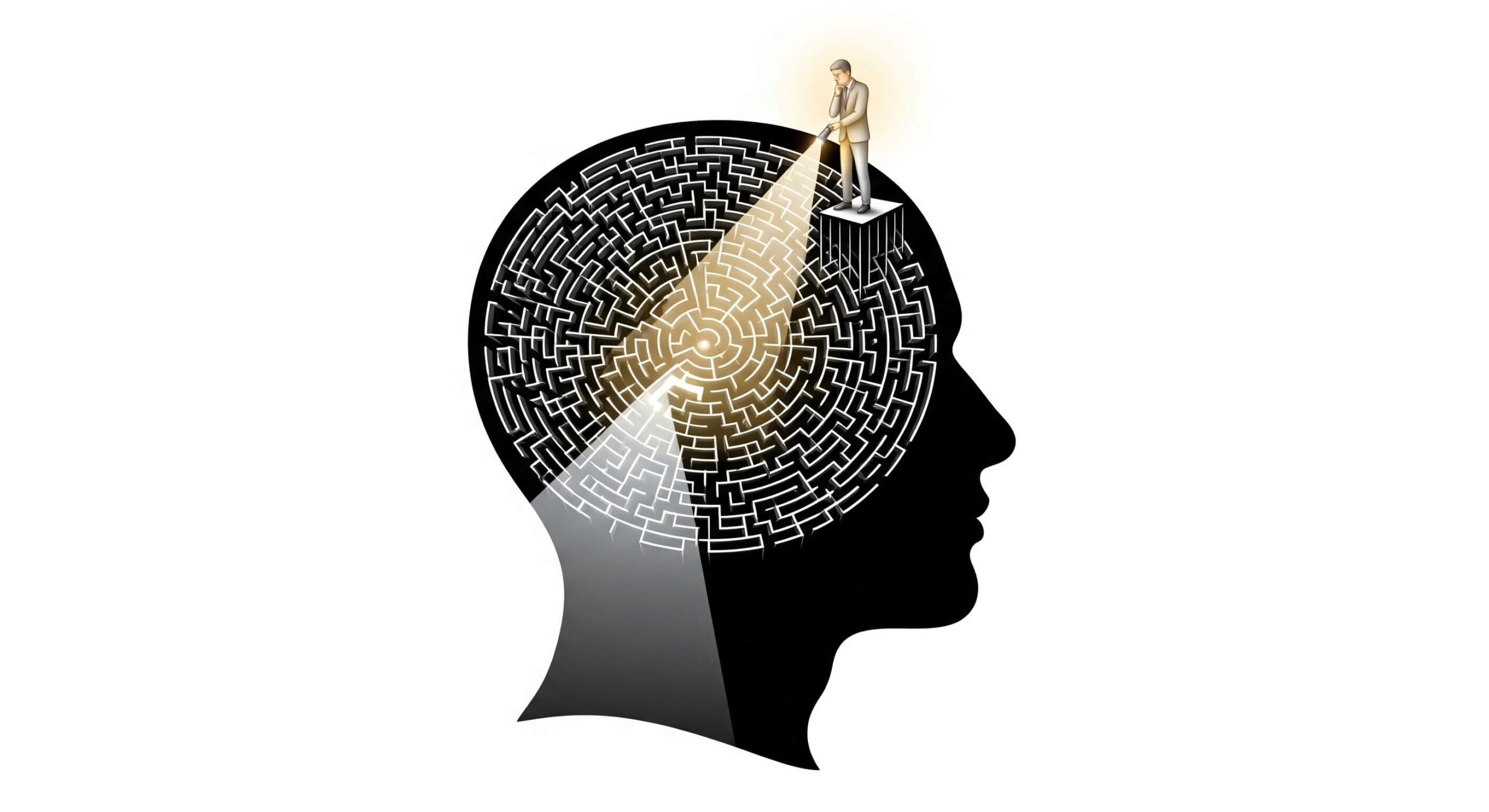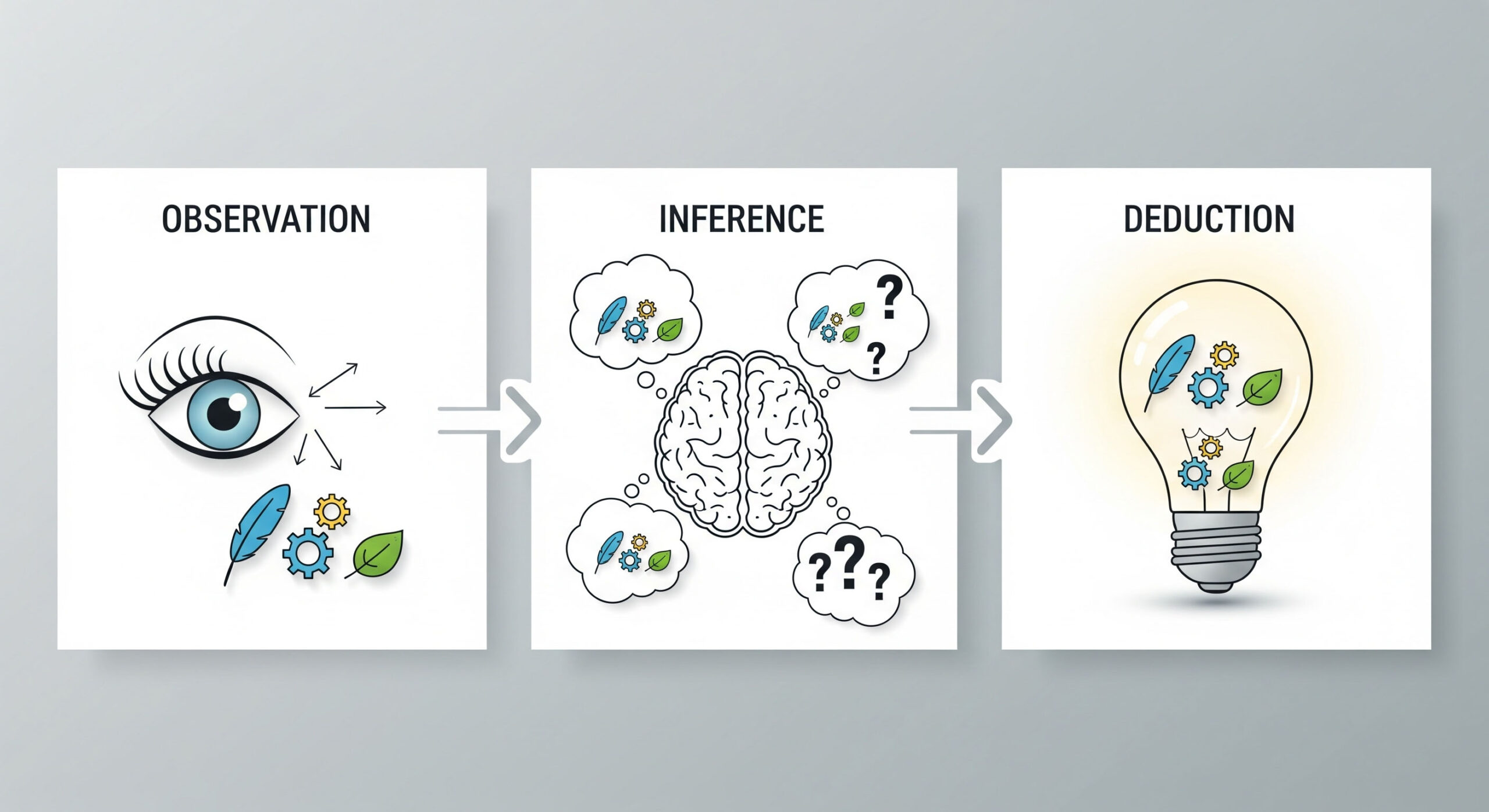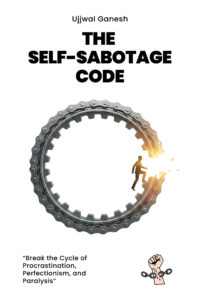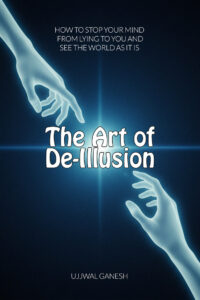Imagine a grandmaster playing a high-stakes chess match. What are they thinking about? The average player might assume they’re just thinking about their next move, or perhaps the next three moves. But the grandmaster is playing a different game entirely.
They are thinking about how their opponent is thinking. They are analyzing their own patterns of thought, searching for personal biases or emotional reactions that might lead them into a trap. They are, in a very real sense, observing their own mind from a higher vantage point to steer it towards victory.
This ability to step back and examine your own thought process is not a skill reserved for chess grandmasters. It is a fundamental human capacity known as metacognition, and it is the single most powerful tool you have for taking control of your mind and becoming the conscious architect of your life.
What is Metacognition? Stepping into the Director’s Chair
In the simplest terms, metacognition is “thinking about thinking.” It is the mind’s profound ability to turn its attention back onto itself, to observe its own operations without getting swept away by them .
In my book, The Observation Effect, I use the metaphor of life as a dramatic play. For most of our lives, we are actors on the stage, completely immersed in the scene. We are lost in the dialogue of our thoughts, controlled by the emotion of the moment, and reacting to other people according to a script written by our habits and past experiences. We are in the drama.
Metacognition is the ability to, at any moment, step off the stage and sit down in the director’s chair. The director isn’t controlled by the drama; the director observes and shapes it. From this chair, your perspective changes completely. You can see the whole production:
- You see the script you were just reciting (your automatic thoughts).
- You see the stage lights influencing the mood (your emotional state).
- You see the other actors and their motivations (your relationships).
Most importantly, you can observe your own performance with a sense of calm, critical distance . This capacity for self-aware, detached observation is the foundation of all meaningful change.
The Neurological “Off-Switch” for Your Brain’s Autopilot
This shift from actor to director isn’t just a psychological trick; it’s a direct neurological intervention. As we’ve discussed, your brain’s autopilot—the Ghost in Your Head, or Default Mode Network (DMN)—is defined by automatic, unobserved internal thought. It’s the actor lost in the script.
The deliberate act of metacognition—of observing your thoughts—engages a different, more evolved part of your brain: the
Executive Control Network (ECN), located primarily in your prefrontal cortex. These two networks exist on a kind of neurological seesaw; when one is highly active, the other is suppressed.
Therefore, activating your inner director by practicing metacognition is the functional “off-switch” for the ghost’s anxious and repetitive chatter. It is the physical mechanism by which you reclaim your attention and take conscious control.
A Practical Guide to Building Your Metacognitive Muscle
Metacognition is a skill. Like any skill, it requires practice. You don’t need to sit in meditation for hours to build it. You can start with these simple, practical exercises designed to be used in the middle of a busy life.
Tool #1: The “Mental Weather Report”
You can do this exercise in 10 seconds, anywhere, anytime. Simply pause and ask yourself: “What is the weather in my mind right now?”
Is it clear and sunny? Is it foggy and hard to see? Is it stormy with flashes of anger or anxiety? The goal is not to change the weather, but simply to name it. By labeling your mental state (“Ah, it’s a bit anxious in here right now”), you immediately shift from being in the storm to observing the storm. You’ve just stepped into the director’s chair.
Tool #2: The “Thought Interrogation”
This is a classic technique from Cognitive Behavioral Therapy (CBT), which is a form of applied metacognition. When you notice a strong, automatic, and often negative thought (e.g., “I’m a failure”), don’t just accept it as truth. Put it on trial. Ask it a few simple questions:
- Is this thought 100% true, with no exceptions?
- What evidence do I have that supports this thought? What evidence contradicts it?
- Is this thought helping me, or is it hurting me?
By interrogating the thought, you separate yourself from it. You see it for what it is—a mental event, a suggestion from the ghost—not an undeniable fact.
Tool #3: The 5-4-3-2-1 Anchor (Your Emergency Brake)
Sometimes, your mental weather is a full-blown hurricane of anxiety. In these moments, you need an emergency brake to pull you out of the storm. The
5-4-3-2-1 Anchor is a powerful grounding tool that works by forcing a cognitive shift away from the internal chaos of the ghost and onto the concrete, external world.
You simply and deliberately name:
- FIVE things you can see.
- FOUR things you can touch or feel.
- THREE things you can hear.
- TWO things you can smell.
- ONE thing you can taste.
This sensory flood hijacks your attention, fully engages your conscious pilot (the ECN), and provides an immediate anchor in the present moment, proving that you always have a way to step out of the storm and into the director’s chair.
The Master Skill for an Intentional Life
Metacognition is not an esoteric, philosophical concept. It is the practical, learnable master skill that allows for everything else: emotional intelligence, effective problem-solving, and the ability to consciously build better habits.
Each time you pause to observe your mind, you are strengthening your ability to choose your response. You are moving from a life of unconscious reaction to a life of conscious creation.
This guide gives you the starting tools for this profound practice. The full collection of techniques for forging a truly observant mind, from managing your attention to decoding the world around you, is detailed in my book, The Observation Effect. The journey begins with the simple, empowering realization that you are not your thoughts; you are the one who is aware of your thoughts. You are the director.













